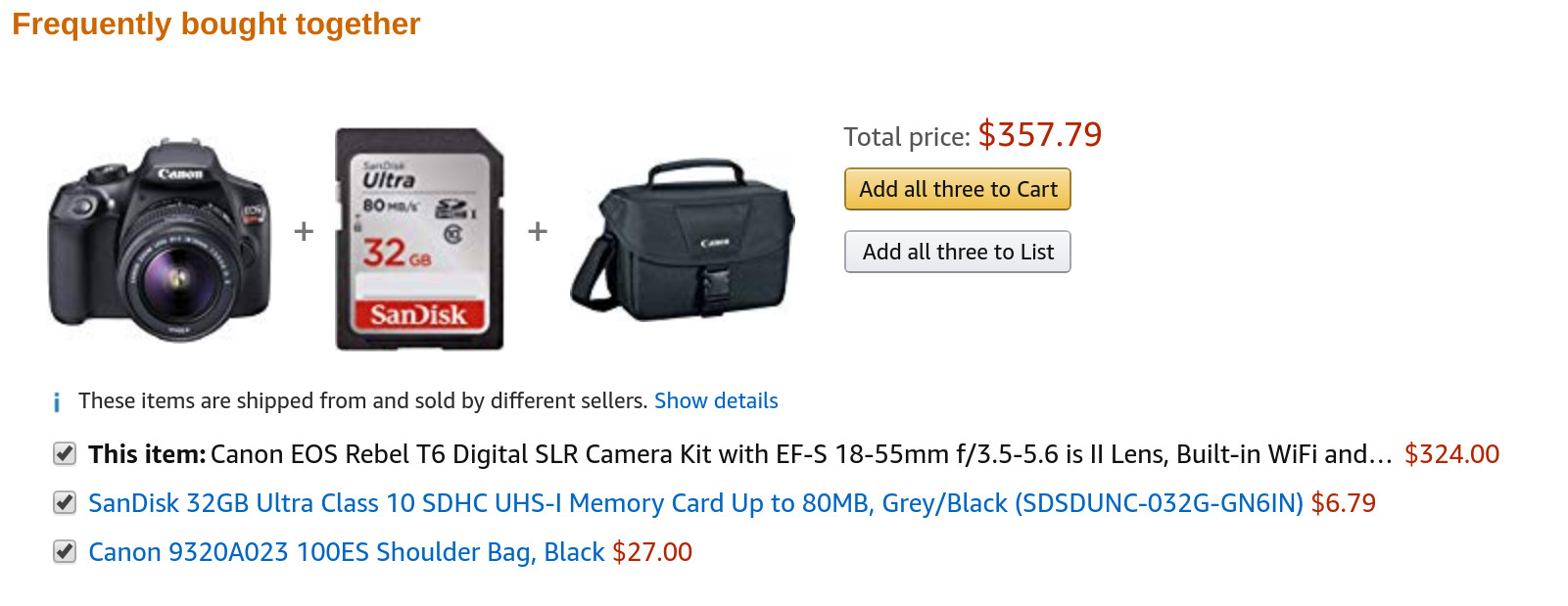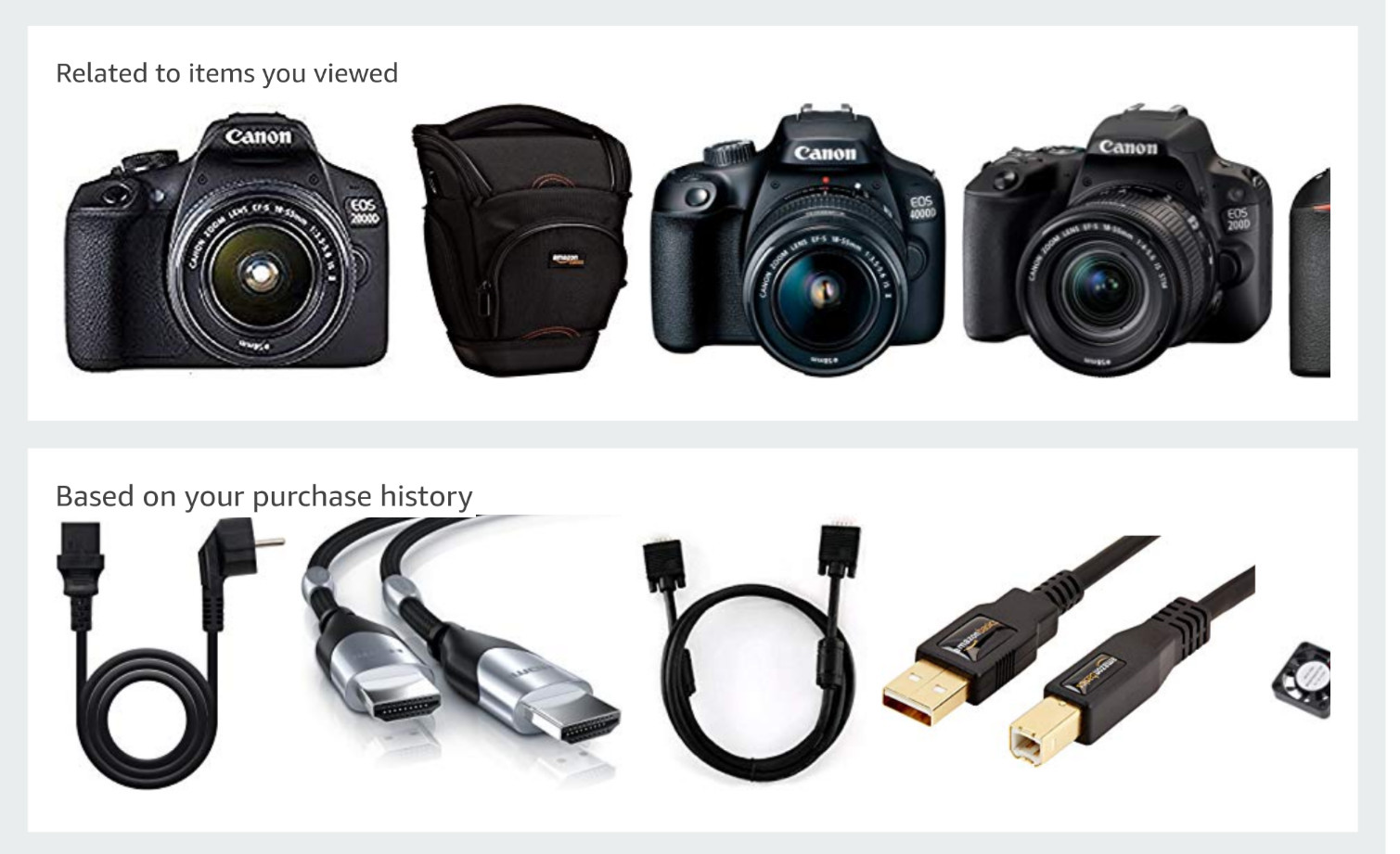Sure you know about Online Marketing, the marketing that brings customers into your online store but, do you know about OnSite Marketing? This is the marketing you do "inside" your online store. You can think about it as "last mile Marketing"
Show your clients a last minute promo code, a discount on his next purchase or bringing more visibility to those products and categories that will catch their eye are some of the well known OnSite Marketing techniques. In this article we will focus on the latter.
The product visibility problem
No one "goes online Shopping". Online stores have an average page view about 5, a session duration of 3 and half minutes and a bounce rate of 43.8% (KPI 2019¹).
When a customer visits our online shop it is of crucial importance to show him those products that might catch his eye given that our window of opportunity is really small.
This can be really complicated, though, because online catalogs have thousands of products and customers only see a few ones per page view.
Bring more visibility to those products that matter to your customer
Most successful online stores have found very creative solutions to overcome the "product visibility problem". Lets check some of the solutions implemented by the most successful online shop: Amazon.
Cross Selling
Jeff Bezos (Amazon CEO) revealed in 2006 that 35% of sales were a direct result of cross-sells!. More than 10 years have passed from those statements and yet it is still difficult to find this technique present in most online stores.

Amazon's algorithm² is conceptually simple: it finds associative rules³ present in our product catalog by applying data mining techniques to our sales data points. These rules describe products associations. For instance, they can describe that when a customer is interested in a camera it might also be interested into buying that camera plus a memory card.
These rules define product associations. For instance, when a client is interested in purchasing a camera it might also be interested in purchasing that camera and a memory card for it.
There are cheap solutions on the market that will allow the merchant to build this rules manually or, that will infer these rules with a naïve algorithm. The former will require a titanic work, even with the smallest catalogs. The latter will create sloppy associations because it will not differentiate between correlation and causality.
Personalised customer experiences
"If we have 4.5 million customers, we shouldn't have one store, we should have 4.5 million stores." Jeff Bezos, 1998
Here the idea is to create a unique shopping experience tailored 1:1 to your customer needs. There are a myriad of possible techniques but all of them rely on customer interactions like:
- Orders
- Last products visited
- Frequently visited products and categories
- List of trending products
Some examples for our main page could be:
- Show promotions related to our customer interests
- Show products related to last products bought by this customer
- Show trending products from his most visited categories
Lets see some Amazon examples:

Here are two different recommendations: "Related to items you viewed" and "Based on your purchase history". Both show same structure:
- A title explaining the recommendation (purchase history, visits)
- A carousel with the recommended products
The former is a recommendation based on my search history (I've be searching for a camera). It shows me similar products on the same category. The next recommendation carousel displays products related to a USB cable that I've recently purchased.
On a specialised store our personalisation strategies can be taken one step further:
- An online grocery store can safely hide their meat related promotions to their vegan customers.
- People usually buy toys on some particular dates like Christmas or birthdays. A toy shop can send emails with product recommendations in advance.
- A sports shop can display specific banners and promotions to each customer.
Content personalisation goes beyond your home page, such as listing your trending products on your 404 page or displaying some products purchased on a recurring basis on the checkout page.
Development status
There are some companies providing content personalisation as a service. They usually charge a fixed price plus a conversion fee (about 5%). Since the integration consists of replacing our own navigational elements with the ones provided by a third party, it is difficult to control conversion attribution. When the client can only browse our store using third-party elements, it is really complicated to discern between legit attributions, those in which the recommendation system led to a sale and those that are mere coincidence.
Looking for a content personalisation solution?
With Shoptimiza you pay for what you use. No extra fees.
More information
Conclusion
Content personalisation is, for its proven effectiveness, a fundamental part in the marketing strategies of the most successful online stores. However, its adoption in SMEs is slow. The main problem of adoption is its high cost and the little information there is about it.